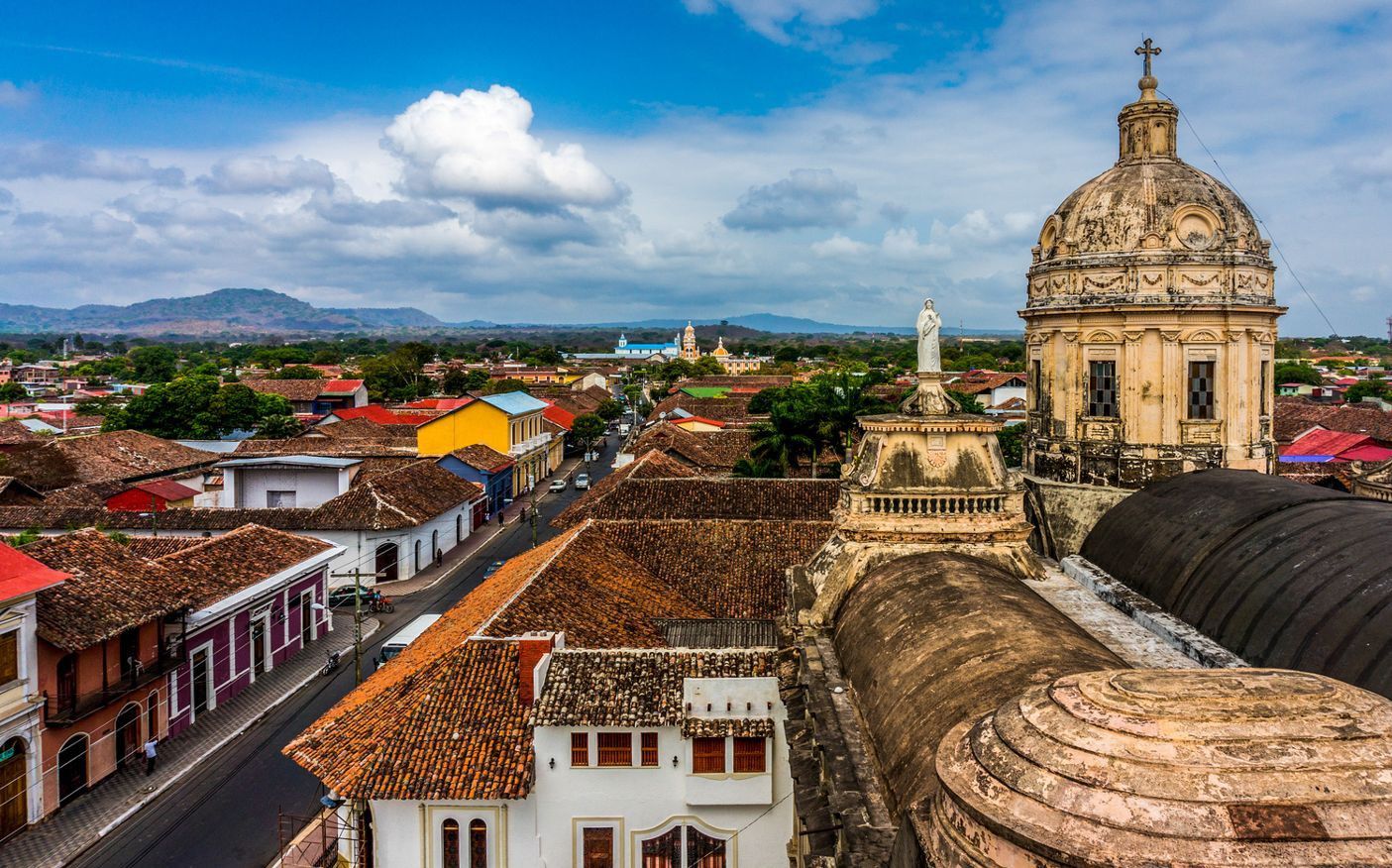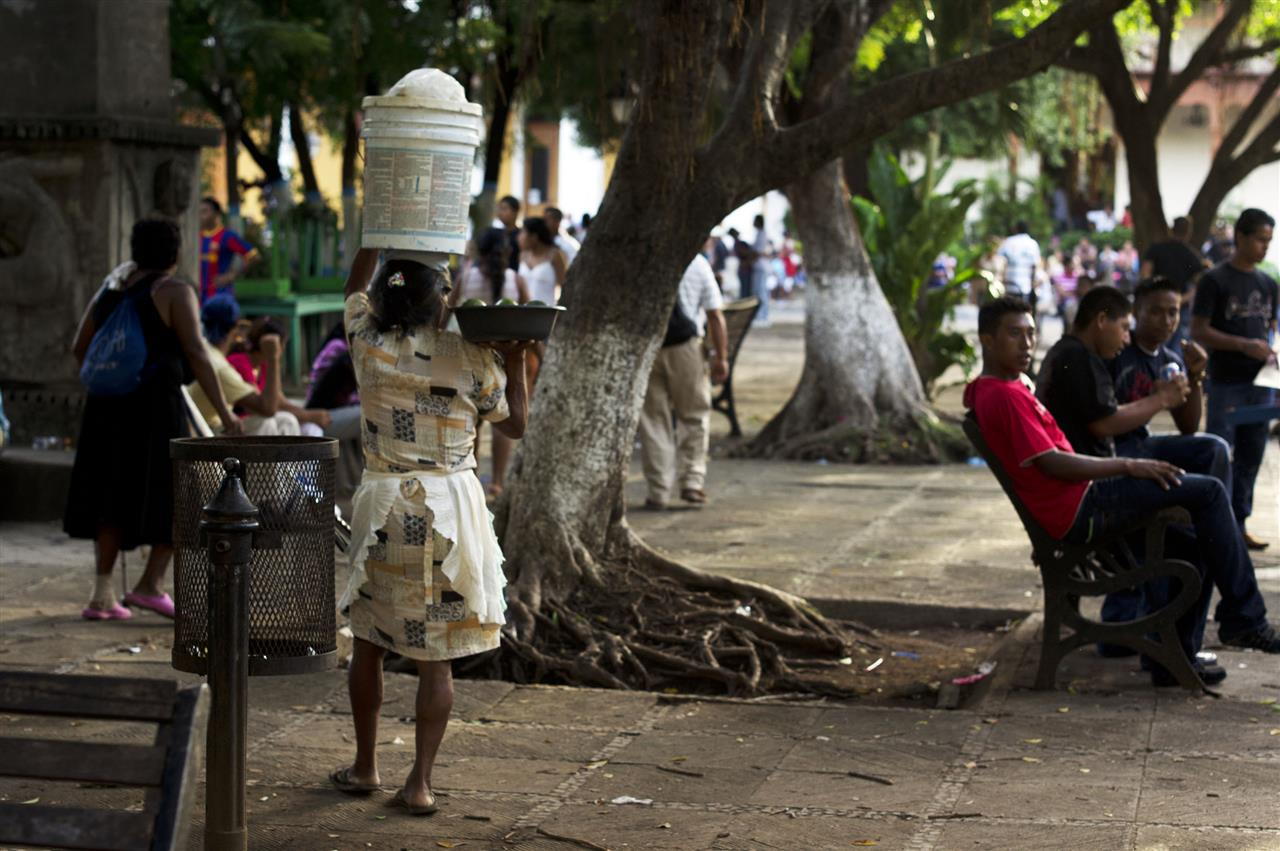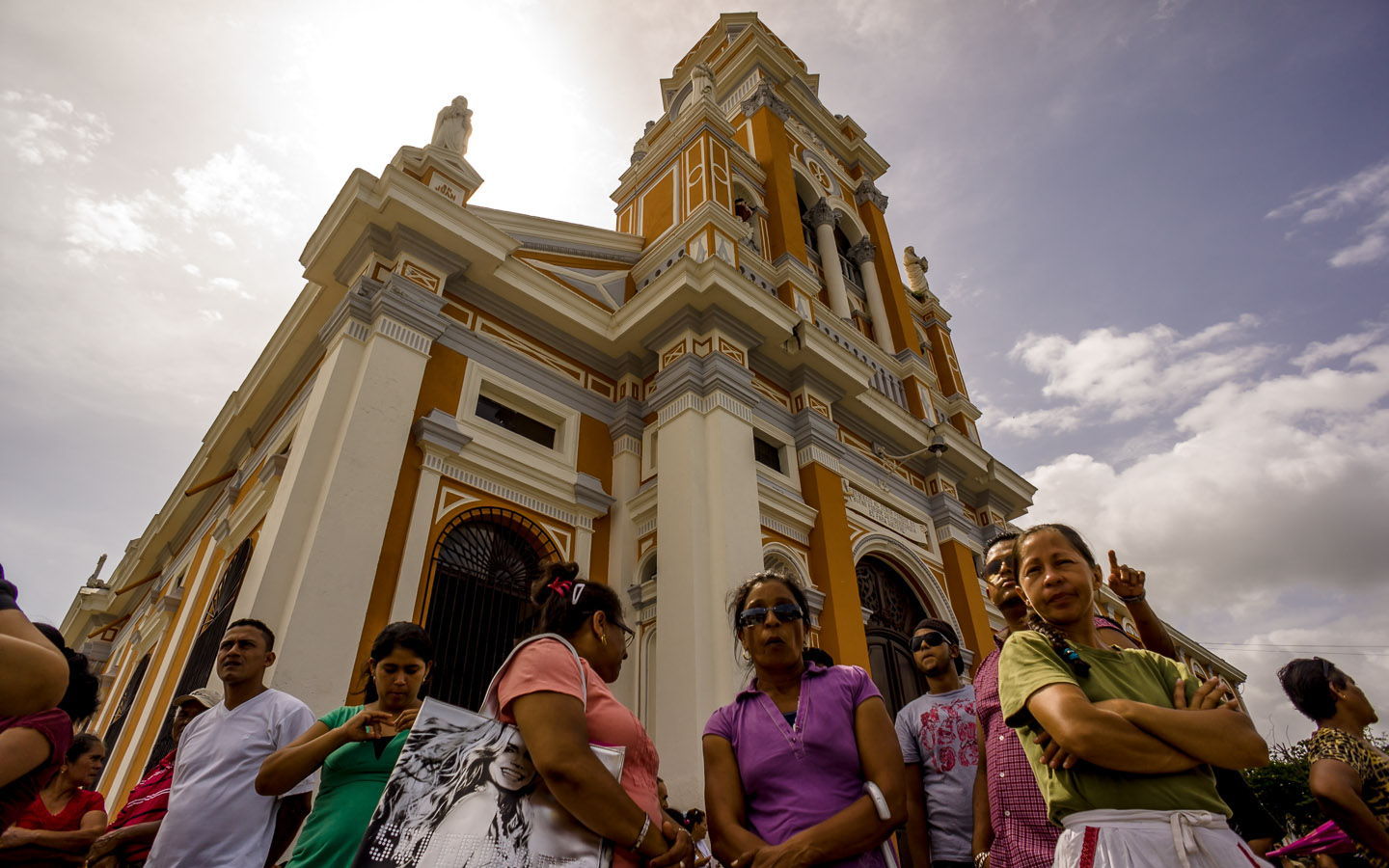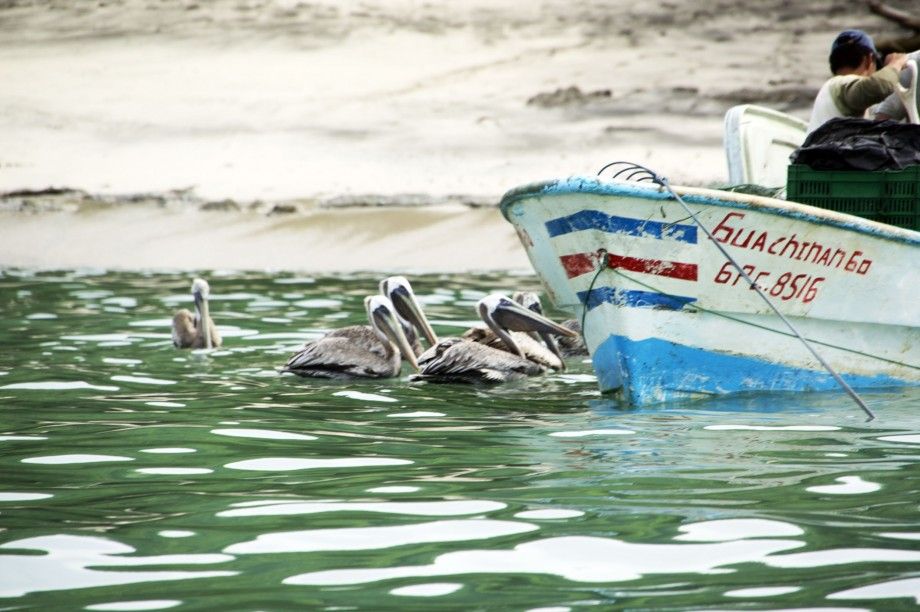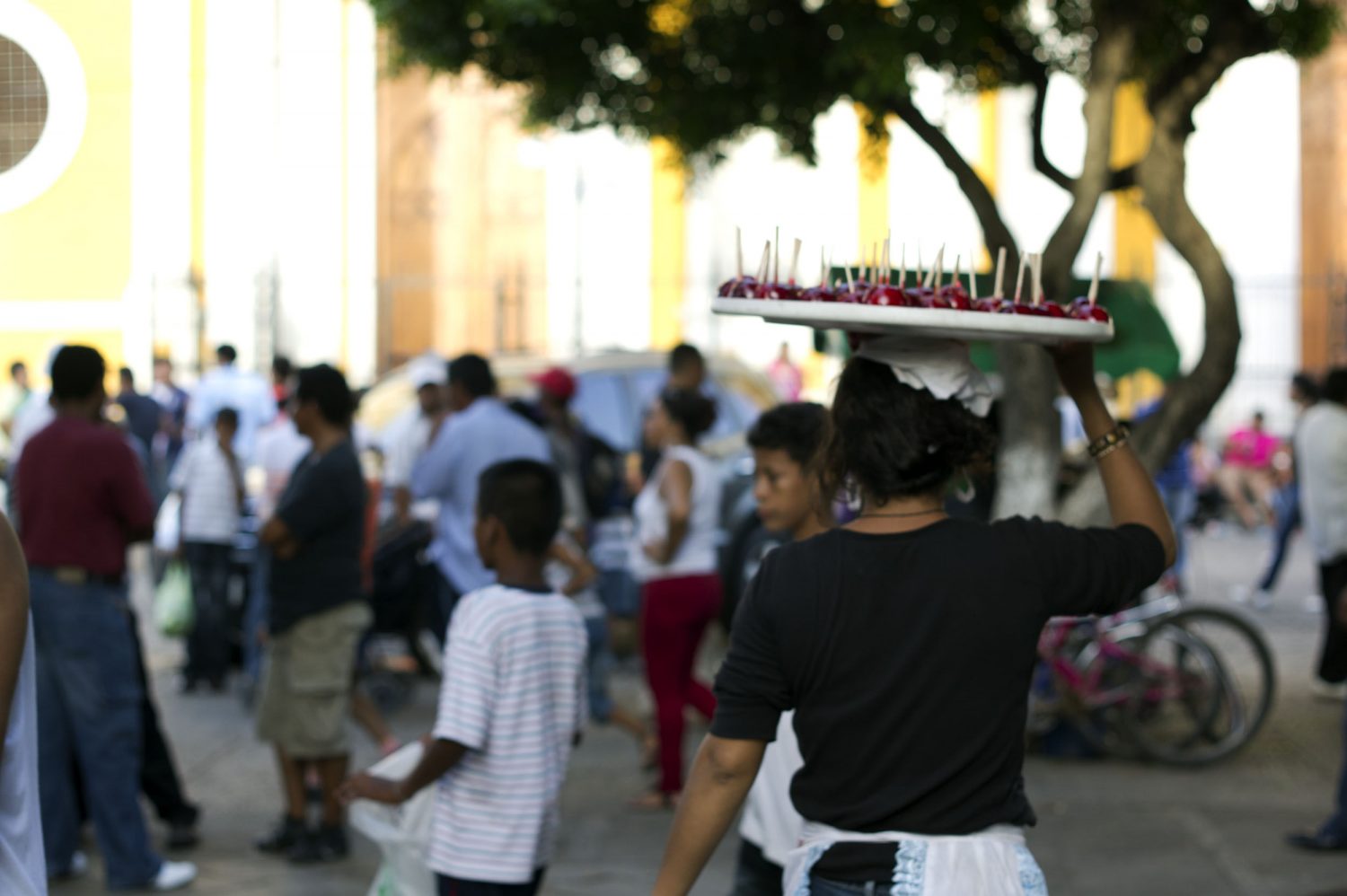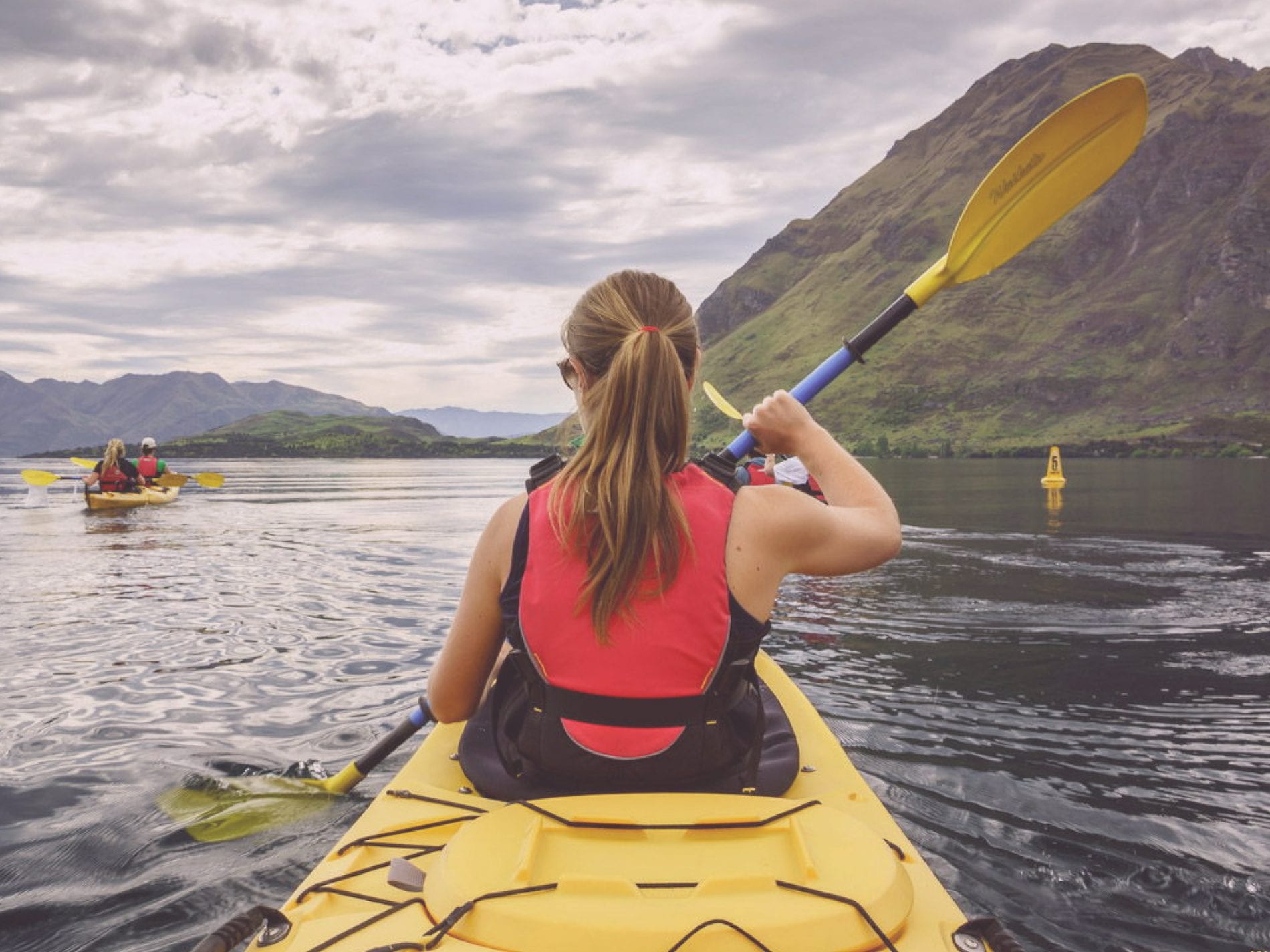Named by Hernández de Córdoba after the ancient Spanish city of Granada and located along the coast of Lake Nicaragua, (a.k.a. Lake Cocibolca) the world’s twentieth largest lake, the city of Granada in Nicaragua has been the victim of many invasion attempts throughout it’s history.
Following years of neglect after the collapse of the nation’s economy in the 1980’s the infrastructure of the city and many of its buildings have fallen into disrepair. However the current government along with help from Spain have injected life into a number of the streets and are regenerating the main square at the heart of life in Granada.
Built before the invention of the motor car the streets are incredibly narrow and as such most form part of an elaborate one way system, a challenge to those visiting with a car.
THE FORGOTTEN CITY
The most striking element of the city has to be the evidence of neglect, not just to the buildings but the inhabitants. Walking through the streets and into the various markets the stench of sewerage, manure and diesel fumes fills your nose. Children run bare foot playing football through the rotting produce that covers the ground and carts pulled by huge oxen slow the traffic to a glacial pace.
The pavements are worn and cracked, in some areas huge sections have broken away into the road causing unsuspecting tourists to trip and stumble into the rubble, and much of the original architecture stands crumbling at the feet of the city serving as a reminder of the days gone by.
However neglected the exterior may seem the interior of the city is teaming with life and there are a number of places that are well worth exploring.
While walking through the main square you can visit the site where William Walker was sworn in as President of Nicaragua and visit the Casa de los Leones, a colonial era home built by Don Diego de Montiel (once the Governor of Costa Rica) that has been transformed into an international cultural centre housing an art, theatre and music school, historical archive and concert hall.
ITINERARY SUGGESTIONS
My favourite place in the city has to be the Antiguo Convento de San Fransciso and its trio of bells.
First built by Franciscan monks in 1529 the building houses a museum detailing the lives of the indigenous people who walked the soil beneath the city hundreds of years ago.
The museum is full of exquisite stone carvings and centuries worth of priceless local artwork including 30 alter-ego statues collected over a century ago from Zapatera Island, an island in Lake Nicaragua.
These carved basalt sculptures depicting human forms with the heads of jaguars, birds and crocodiles give a fascinating glimpse into the cosmology of Nicaragua’s pre-Columbian peoples. Believing that the spirits of the animals flowed through their souls the sculptures were carved to reflect this union.
The building itself has a fascinating history that mirrors that of the city, since its completion it has been destroyed and rebuilt over the centuries by the likes of the pirate Henry Morgan and former Nicaraguan President William Walker.
In the 1920’s it housed the United States Marines and then in the 1930’s United States Army engineers used it as a base while studying possible routes to build canals. It has recently been restored again with the help of the Swiss government.
LAKE NICARAGUA
A volcanic chain cuts right through Lake Nicaragua, and this has resulted in the creation of many beautiful islands and groups of islets. The most notable is Ometepe, a 276 km² tropical island located 10 kilometres off the mainland at the western side of the lake.
Just south of Granada sits Las Isletas, an archipelago of some 365 islands in Lake Nicaragua, varying greatly in size they are located along the narrow Asese Peninsula. A whole community call the island group home, with a small network of schools, shops and houses the inhabitants rarely come to the mainland.
As is always the case there are also a number of hotels, restaurants and resorts with a few luxurious vacation houses scattered around. It is possible to hire various small craft to explore the region or join one of the organised tours calling in at Monkey Island and stopping off for lunch at one of the islands resorts.
However if you are after some time to yourself enjoying spectacular views, secluded palm-covered islets and an array of bird life then I would recommend hiring a canoe and opting for a self guided tour.
For me the lake shore itself was a little disappointing, during the peak season there are a number of restaurants and bars open to serve the tourists who venture down to admire the beauty of the water and perhaps take a dip in the cool water but for me the area left a lot to be desired.
Tired and run down it leaves you feeling as though the tourism induced demand for hamburgers and fries at every scenic view has short changed this area of such beauty.
FINAL THOUGHTS
My parting words come from an article I read in the New York Times about Granada before our visit.
‘During the days of the Contra War a moral boosting message was stencilled in red on all Granadian sidewalks ‘Aquí no se rinde nadie’ (Here nobody surrenders). This sentiment is something that is echoed throughout the city today, despite its turbulent history the city and its people have not surrendered their lives to those who have fought against them, the city is theirs and it is evident that it will remain at the core of their being until it crumbles to the ground.’
Have you been to Granada or are you planning to visit? What are your favourite areas of the city?

